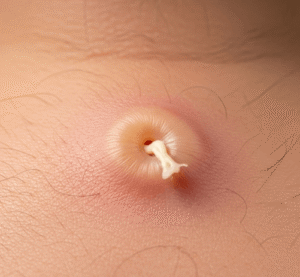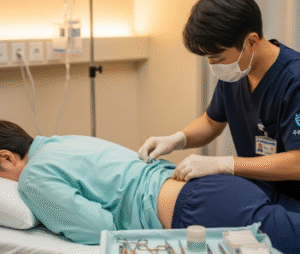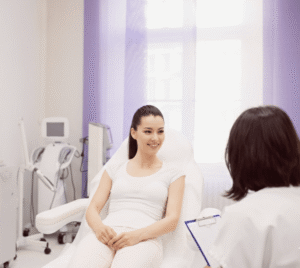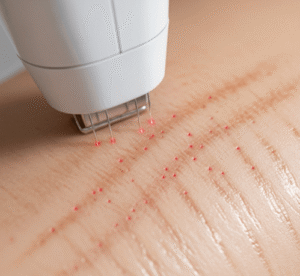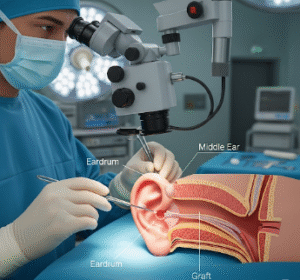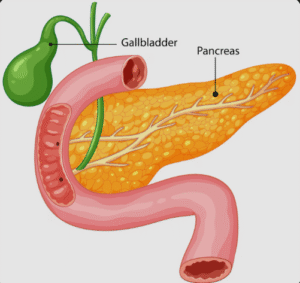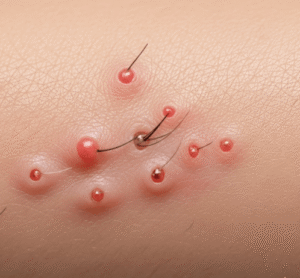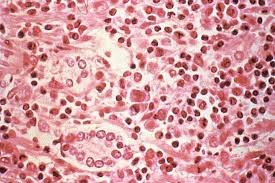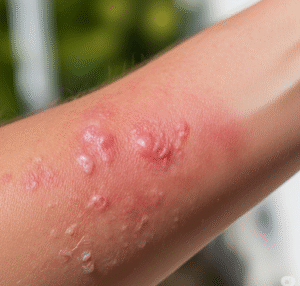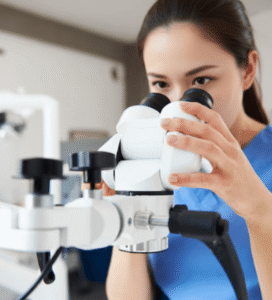➤ What it is
Cellulitis is a common bacterial skin infection that affects the deeper layers of the skin (dermis and subcutaneous tissue). Unlike superficial conditions such as impetigo or folliculitis, cellulitis penetrates more deeply, making it a potentially serious infection if not treated promptly.
The most common bacteria responsible are:
- Streptococcus pyogenes (Group A strep), and
- Staphylococcus aureus (including MRSA in resistant cases).
Typical symptoms include:
- Redness and swelling that spreads quickly.
- Warmth and tenderness in the affected area.
- Pain and tightness of skin.
- Sometimes fever, chills, or fatigue if infection spreads systemically.
In Korea, cellulitis early management is handled with urgency, as preventing progression to abscesses, sepsis, or hospitalization is a top priority. Korean dermatology integrates antibiotic therapy, supportive skincare, and preventive counseling into treatment.
➤ Why it’s done
Early management of cellulitis is critical for several reasons:
- Preventing Spread → Cellulitis can expand rapidly and affect larger skin areas.
- Avoiding Severe Complications → Untreated cellulitis can lead to abscesses, sepsis, or tissue necrosis.
- Symptom Relief → Reduces pain, swelling, and discomfort.
- Preserving Skin Integrity → Prevents long-term scarring, pigmentation, or chronic lymphedema.
- Cultural Emphasis in Korea → Healthy, even-toned skin is highly valued; cellulitis treatment focuses not only on infection control but also on cosmetic recovery.
➤ Alternatives
Depending on severity, cellulitis management may involve different approaches:
Oral Antibiotics (Mild to Moderate Cases)
- Cephalexin, dicloxacillin, clindamycin, or amoxicillin-clavulanate.
- Used when infection is limited and patient is stable.
Intravenous Antibiotics (Severe Cases or MRSA Suspected)
- Hospital-based therapy with vancomycin, ceftriaxone, or linezolid.
- Required if patient develops systemic symptoms or has comorbidities (diabetes, immune compromise).
Supportive Measures
- Rest and elevation of the affected limb.
- Cool compresses to reduce swelling.
- Pain relief with acetaminophen or NSAIDs.
Korean Dermatology Additions
- LED red light therapy → helps reduce inflammation after infection is controlled.
- Barrier repair skincare → initiated post-clearance to heal damaged skin.
- Herbal soaks or compresses → sometimes used as supportive adjuncts.
➤ Preparation
Before treatment begins, preparation ensures accurate diagnosis and effective management:
- Clinical Examination
- Dermatologists assess skin redness, swelling, warmth, and tenderness.
- Differentiate cellulitis from deep vein thrombosis, eczema, or erysipelas.
- Laboratory Testing
- Blood work (white blood cell count, C-reactive protein) may be ordered.
- Wound cultures taken if open lesions are present.
- Skin Hygiene Preparation
- Clean the affected area gently with antiseptic solution.
- Avoid applying topical steroids or irritants.
- Korean Clinical Preparation
- Many clinics perform pre-treatment cleansing or hydrotherapy to remove debris.
- Patients receive education on hygiene, clothing care, and wound protection.
➤ How it’s Done
Cellulitis early management in Korea involves prompt antibiotic therapy combined with supportive care:
1. Antibiotic Therapy
- Oral antibiotics for mild to moderate cellulitis.
- IV antibiotics if the infection is severe, spreading, or associated with systemic symptoms.
- MRSA-targeted antibiotics used when resistant strains are suspected.
2. Wound and Skin Care
- Gentle cleansing with antiseptic washes.
- Dressings applied if breaks in skin are present.
- Avoid scratching or trauma to the area.
3. Supportive Korean Dermatology Treatments
- LED red light therapy → reduces inflammation after infection is controlled.
- Hydration facials and soothing packs → initiated during recovery for skin tone restoration.
- Barrier creams → restore skin after bacterial clearance.
4. Lifestyle & Preventive Measures
- Rest and elevation of affected limb to reduce swelling.
- Adequate hydration and nutrition to support healing.
- Counseling on footwear, hygiene, and prevention of recurrent cellulitis (especially in diabetics).
➤ Recovery
Recovery from cellulitis depends on severity and speed of intervention:
- Mild Cases
- Oral antibiotics lead to improvement within 2–3 days.
- Full recovery in 7–10 days.
- Moderate to Severe Cases
- IV therapy may require hospitalization for several days.
- Recovery may take 2–3 weeks, with skin tone taking longer to normalize.
Aftercare Instructions:
- Complete the full antibiotic course even if symptoms improve.
- Keep skin clean and moisturized.
- Avoid tight clothing or friction on the affected area.
- Apply sunscreen after healing to reduce pigmentation issues.
Korean Recovery Practices:
- Post-infection pigmentation treatments with brightening serums or facials.
- Scar prevention therapy → silicone gels, laser therapy if needed.
- Routine dermatology follow-ups to monitor recurrence in high-risk patients.
➤ Complications
If not treated promptly, cellulitis can lead to serious complications:
- Abscess formation → pus collection requiring drainage.
- Sepsis → systemic infection that can be life-threatening.
- Necrotizing fasciitis → rare but severe deep tissue infection.
- Chronic swelling (lymphedema) in recurrent cases.
- Pigmentation and scarring after healing.
Korean dermatologists minimize these risks by emphasizing early antibiotic therapy, close monitoring, and cosmetic recovery support.
➤ Treatment Options in Korea
Korea’s approach to cellulitis stands out due to its integration of urgent medical care and aesthetic dermatology:
Why Korea excels:
- Rapid access to antibiotics in clinics and hospitals.
- Holistic dermatology programs → medical treatment plus cosmetic skin recovery.
- Advanced diagnostic support → quick lab work and imaging when needed.
- Focus on skin appearance → pigmentation, scarring, and tone addressed post-infection.
Unique Korean Practices:
- Combination care → antibiotics + LED or laser support after acute phase.
- Barrier repair therapy → skincare regimens that restore resilience to prevent recurrence.
- Brightening and pigmentation programs → widely offered after cellulitis to restore even skin tone.
- Medical tourism packages → some clinics provide integrated infection management plus cosmetic skin recovery.
✨ Final Thoughts
Cellulitis Early Management in Korea is more than just infection control — it represents a comprehensive approach that ensures both medical safety and cosmetic restoration.
With early antibiotics, supportive skincare, preventive strategies, and post-infection aesthetic treatments, Korea provides one of the most effective and patient-centered approaches to cellulitis worldwide.
By focusing on both health outcomes and skin appearance, Korean dermatology ensures patients not only recover quickly but also regain confidence in their skin’s look and feel.


